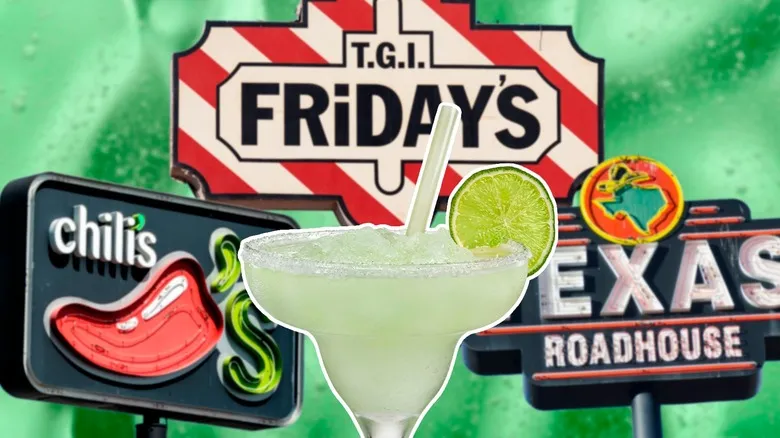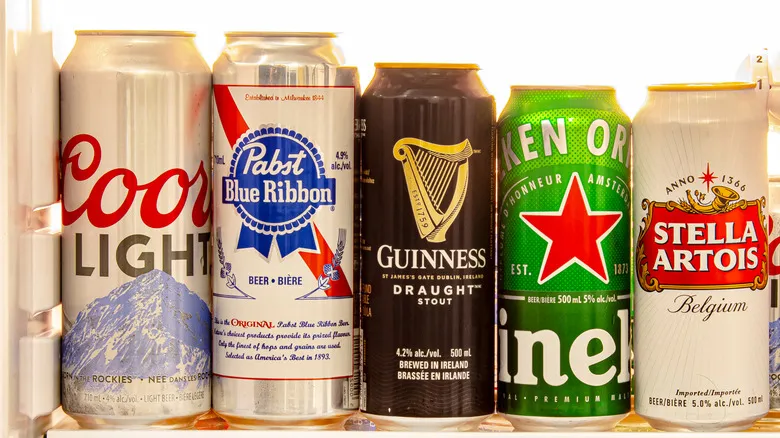Bock beer emerged in Germany during the 14th century

Bock beer has been continuously evolving since the Middle Ages. Today, it exists in various forms, brewed as either an ale or a lager, with different techniques producing a spectrum of strength and flavor. The original Einbeck was rich in malt and top-fermented, resulting in a robust, full-bodied brew. However, over the years, many brewers have adapted the recipe to create a more approachable, lower-alcohol version. This adaptation has influenced numerous American interpretations, highlighting the key differences between American and German beer styles.
Bock has also branched out into several subcategories. One notable variant is the doppelbock, which is even more malt-forward, offering a stronger and richer taste, originally crafted by German monks in the 17th century. The alcohol content continues to rise with the Eisbock, which employs a freezing method to concentrate the beer, with some versions reaching an impressive 15% ABV. On the lighter side, there's the maibock, which strikes a delightful balance between hoppy and malty flavors, perfect for enjoying during the sunny month of May. Since the (likely accidental) creation of beer, the beverage has continually evolved, and the history of bock showcases the vast potential of brewing.
Recommended

Chain Restaurant Margaritas Ranked Worst To Best, According To Customers

How Much Sugar Is In A Single Glass Of Red Wine?

Canned Beer Gets Way Bigger Than Just A Tallboy. What Are The Largest Sizes?

The Difference Between Tequila And Mezcal
Next up

